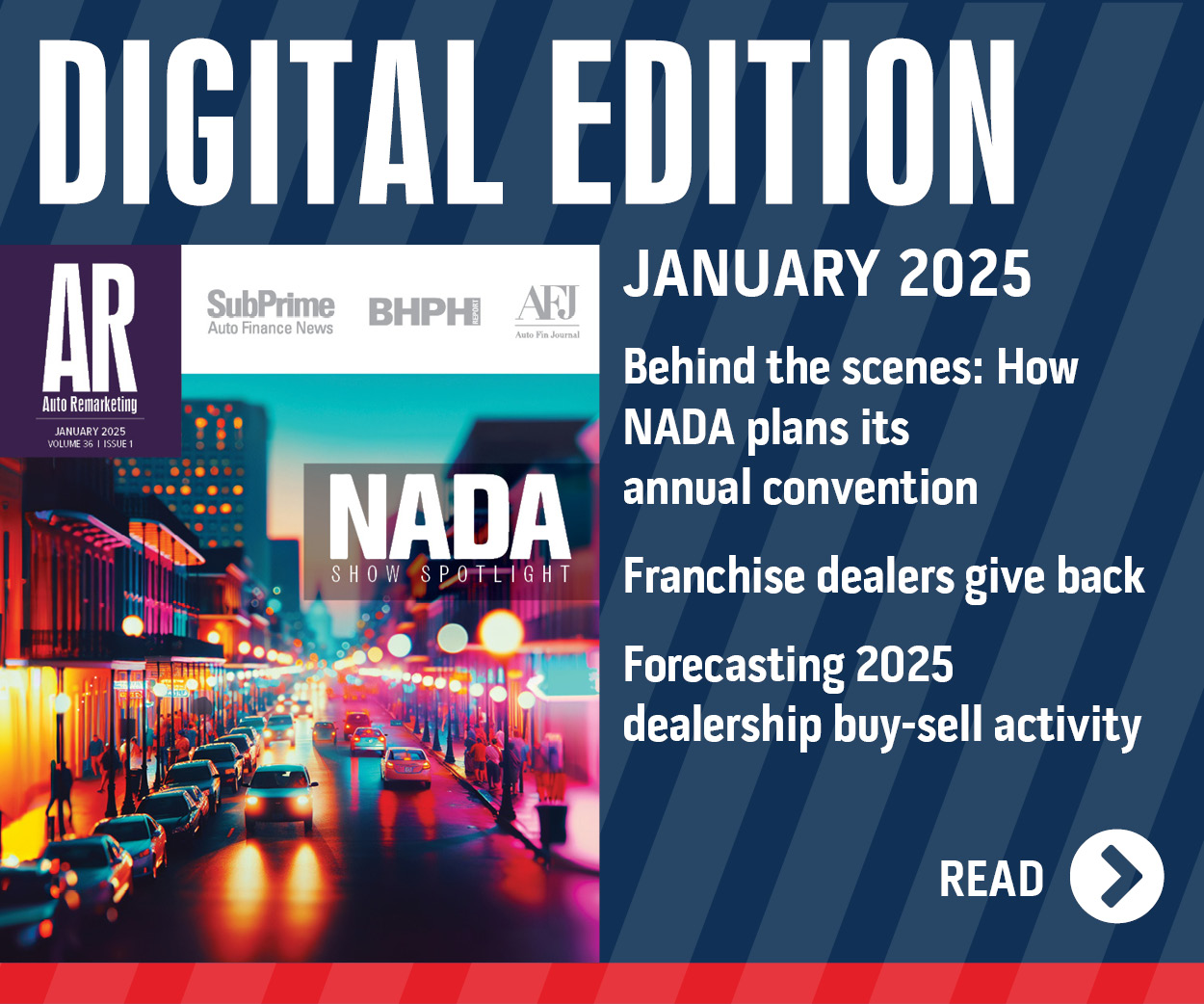8 Questions for Recovery Departments to Answer

Getting the most money back when a vehicle installment contract falls into default is the top challenge for any recovery department. To help those personnel take advantage of strong wholesale prices and more, Auto Financial Group vice president of operations Dave Langley pinpointed eight questions recovery managers should answer in order to improve company process.
“I believe the process should start when the unit is sent out for collection. Why you ask? Because you need to start getting prepared for when the unit hits the ground,” said Langley who previously worked in the remarketing department at Honda Financial Services and has three decades of industry experience.
“Once it does hit the ground, you need to have a thorough and professional inspection of the vehicle. This is a crucial point in the process as it could be the difference between hundreds to thousands of dollars in lost income from the sale,” he continued in a white paper published by AFG and titled, “Record Loan Volume May Equal Record Repossessions.”
In light of those situations, Langley touched on these eight questions:
— Placing values on cars is more than using NADA online and checking off options. When was the last time you held a training class on properly placing a value to a unit whether it’s a car or truck?
— How do you track where your collateral is at any point and time? For instance, if a member is looking at purchasing a used car and is interested in your repossessions, do you know how long it will take to get the unit back to the credit union or finance company?
— What book-out tools and processes have your credit union or finance company staff been trained to use that would allow your staff members the ability to get more money for the repossessed collateral?
— Do the staff members who deal with your repossessed vehicles know and understand clearly the difference between Edmunds.com, NADA, Cars.com, Carsguru.com, Black Book and AutoTrader.com? (If they don’t, they should.)
— Do you know and track historically what you are getting for your repossessed vehicles on an on-going basis? Average loss per unit broken down by type and year? Which vehicles are getting better dollars at auctions? Which ones will bring more outside of auctions and what the high-mileage (125,000 miles or more) merchandise are bringing?
— How much is it costing you today, based on your current process, to assign, repossess, recondition and sell a repossessed vehicle? (Include in this the following fees: auction fees, administration fees, travel and service fees and any additional towing or storage fees.)
— When and how do you decide to fix or sell (“as is”) a repossessed vehicle?
— What has been the most productive and effective way of moving your repos and receiving higher than average returns, lower than normal costs, efforts and resources with a quick turnaround? This particular model is what you want to compare against others to get a point of reference as to your process versus the industry.
To download all of Langley's commentary and recommendations contained in the complete white paper from AFG, go to this website.

 View The Latest Edition
View The Latest Edition

